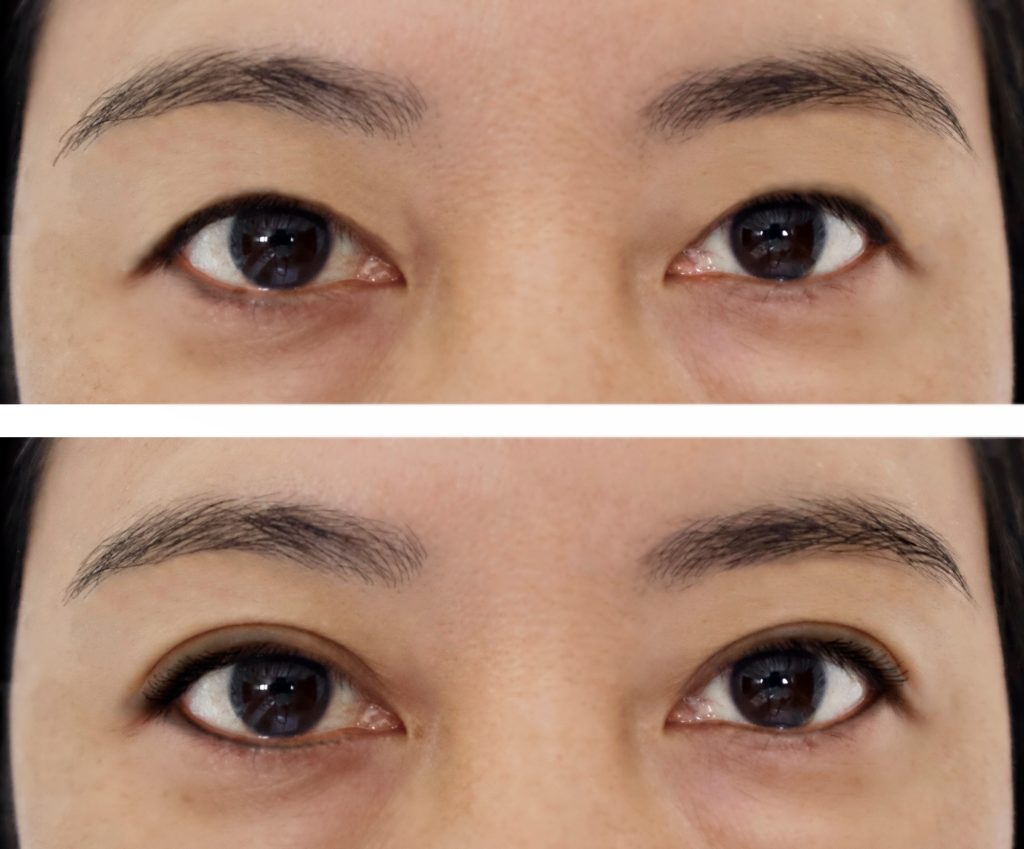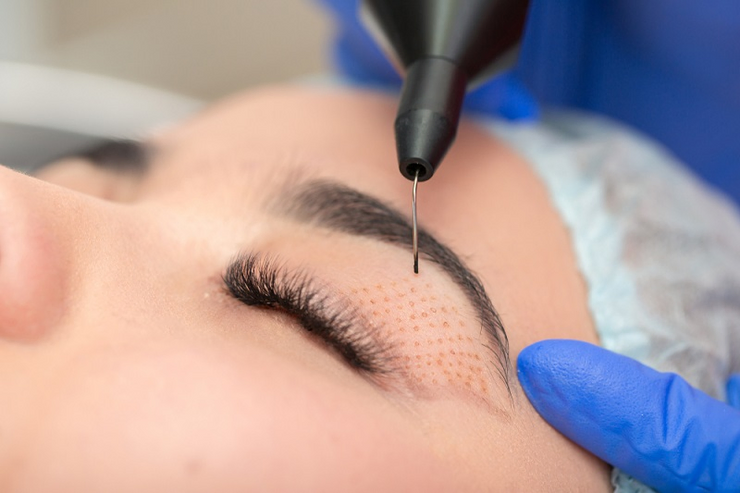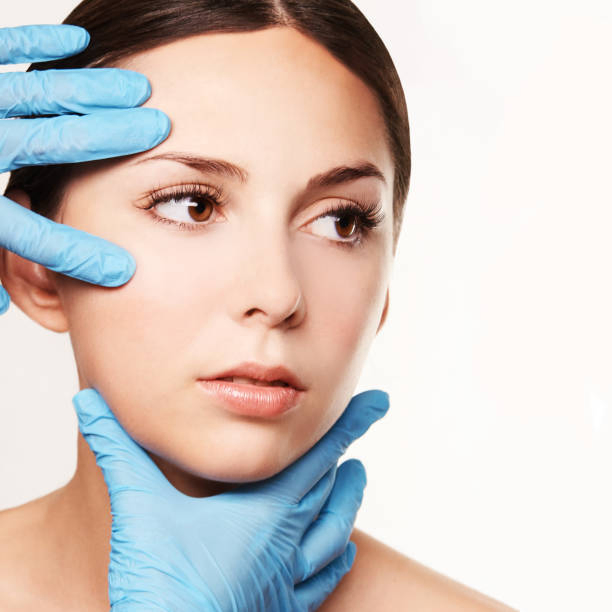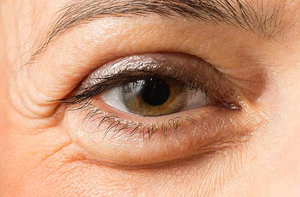Learn more about Hooded Eyes
What are hooded eyes?
Hooded eyes are a type of eye shape in which the eyelid is partially or completely obscured by the overhang of skin above the eye. This can give the appearance of a hood or shadow over the eye. Hooded eyes can be a natural feature of someone’s face, or they can be a result of aging or genetics. Some people with hooded eyes may also have drooping or sagging skin around the eyebrows and forehead.
Basically, hooded eyes are due to overhanging or loose skin around the eyes, the skin can hang or become loose due to stretching of skin, decrease in its collagen. This can happen due to routine aging, fluid collection leading to skin stretch and as mentioned genetically where the characteristic of the skin is loose and stretchy.
What causes hooded eyes?
There are a few different factors that can cause hooded eyes.
- One common cause is genetics, meaning that a person may be born with hooded eyes or may develop them as they age due to inherited facial features.
- Hooded eyes can also be caused by the natural aging process, as the skin around the eyes and forehead can become loose and saggy over time.
- Other factors that can contribute to the development of hooded eyes include sun damage, smoking, and the use of certain medications.
- Finally, some people may develop hooded eyes because of certain medical conditions, such as thyroid problems or Graves’ disease.
How to test if you have hooded eyes?


One way to determine if you have hooded eyes is to look at your eyelids while your eyes are open and relaxed. If you can see a crease on your upper eyelid, it is likely that you do not have hooded eyes. If you do not see a crease, or if the crease is not visible when your eyes are open, you may have hooded eyes.
Another way to test for hooded eyes is to try the “finger test.” To do this, close your eyes and gently press your index finger against the skin above your eyebrow, right at the hairline. If you can feel a “bump” or protrusion, it is likely that you have hooded eyes.
Keep in mind that these are general guidelines, and that the appearance of hooded eyes can vary widely from person to person. If you are unsure whether you have hooded eyes or have any concerns about your eye health, it is always a good idea to consult a healthcare professional i.e., an oculoplastic surgeon.
When to see a doctor for hooded eyes?
It is generally not necessary to see a doctor for hooded eyes unless you are experiencing other symptoms or are concerned about your eye health. However, there are a few situations in which it may be a good idea to consult a healthcare professional about your hooded eyes:
- If you have sudden or unexpected changes in the appearance of your eyelids or eyebrows.
- If you experience pain, discomfort, or sensitivity in your eyes or around your eyelids.
- If you have difficulty seeing or notice any changes in your vision.
- If you have other symptoms, such as redness, swelling, or discharge in or around your eyes.
- It is always a good idea to speak with a healthcare professional if you have any concerns about your eye health. They can help to diagnose any underlying issues and recommend appropriate treatment.
What are the treatment options available for hooded eyes?
Your eye surgeon will recommend treatments depending on your health conditions. Most people with hooded eyes experience vision blurriness which affects their day-to-day activities. Life with hooded eyes could be distressing. There are a lot of treatment options to fix hooded eyes which helps to lift the eyebrow and removes the excess skin and fat. Doctors perform the procedures under general anesthesia.
There are several treatment options available for hooded eyes, depending on the severity of the condition and the underlying cause. Some common treatment options include:
- Eyelid surgery (blepharoplasty): This is a surgical procedure in which excess skin and fat is removed from the upper and/or lower eyelids to improve the appearance of hooded eyes.
- Cosmetic injectables: Cosmetic injectables is a type of injectable treatment that can be used to relax the muscles around the eyebrows, which can help to lift the skin and improve the appearance of hooded eyes.
- Skincare: Using skincare products that contain ingredients like retinoids, peptides, and antioxidants can help to tighten and firm the skin around the eyes, which can improve the appearance of hooded eyes. Typically used for early stage hooded eyes.
- Makeup: Using makeup techniques, such as highlighting and contouring, can help to create the illusion of more defined eyelids and can help to camouflage the appearance of hooded eyes.
- Thread lifts: This process involves temporary stitches that pull your eyebrow back to its normal position. The procedure is more recommended for people with mild or moderate hooded eyes because the stitches help to lift your eyebrows by a few millimeters.
It is important to note that these treatments may not be suitable for everyone and that the best treatment option will depend on a variety of factors, including the underlying cause of the hooded eyes and the individual’s overall health and medical history. It is always a good idea to speak with a healthcare professional before starting any new treatment.
Conclusion
Hooded eyes are caused when your eyebrow and soft tissue surround the eyes and result in sagging. This leads to the development of bulge and hides your upper eyelids. A few people have hooded eyes at birth, but for some people, this condition occurs due to age factor. For any queries and more information on hooded eyes, you can contact us at +91 62811 17454 or drop your queries to [email protected].







